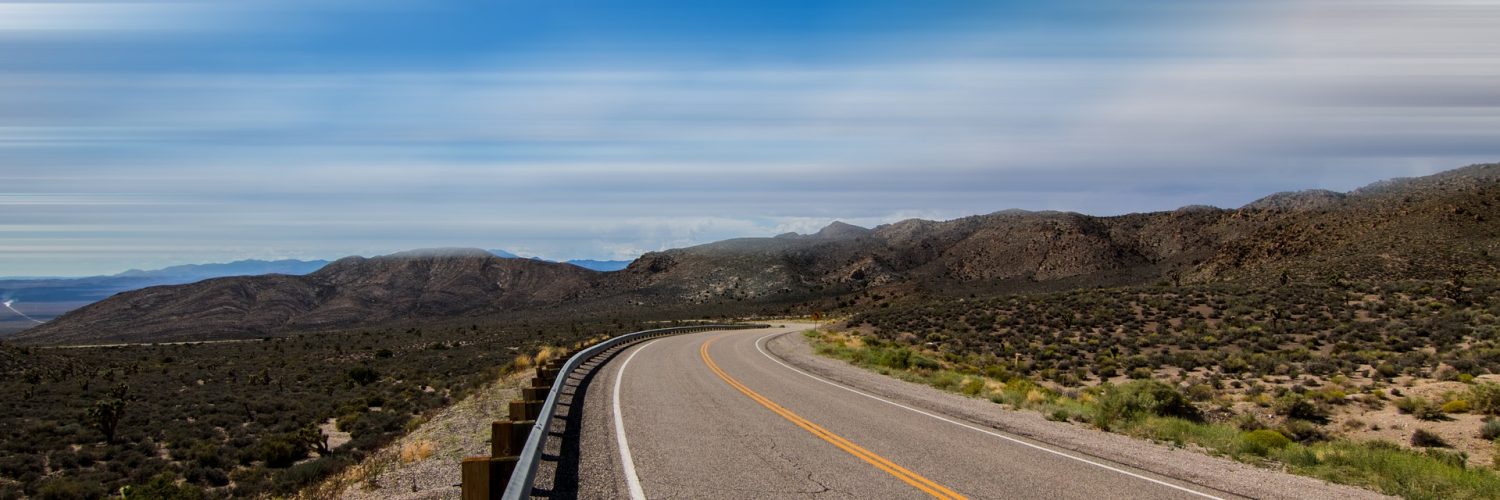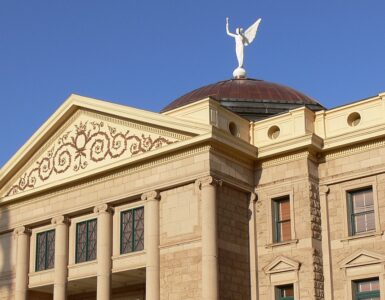Recently a video appeared on social media that showed the time lapsed construction of a tunnel underneath an interstate in the Netherlands. Impressively, the tunnel was completely constructed in one weekend, and within days the road sitting atop the tunnel was once again carrying passengers to and from their destinations. This sort of sight is quite foreign to the United States, where “infrastructure week” is considered a year-round affair.
Despite boasting the world’s largest economy and famous for its developments in infrastructure throughout the 19th and 20th centuries, the United States has fallen behind the pack. According to a Statista survey from 2019, the U.S. ranks behind 12 other nations ranging from the Netherlands, to Singapore, to Spain, to the United Kingdom on the general quality of public infrastructure.
In 2020, the United States was awarded a “C-” rating for its public infrastructure. Among the reasons listed for the lackluster rating included some surprising statistics: around 6 billion gallons of water are lost every day in the nation due to water main breaks, 43% of America’s public roads are “in poor and mediocre condition,” and one in five American children lacked access to “high-speed internet connection.”
The issue of infrastructure has been a pivot point in American politics for decades, but in recent years it has taken center stage. Then-candidate Donald Trump in 2016 pledged to spend $500,000,000,000 on infrastructure investments; President Joe Biden is asking Congress for nearly $2,000,000,000,000.
Investment
According to OECD (the Organization for Economic Co-operation and Development) data, the United States spends a comparable amount of its public funds on government investment in relation to other developed nations. When comparing national government spending as a percentage of GFCF (gross fixed capital formation), the United States is not that far off from other nations with better infrastructure.
Investment by sector with regards to government spending includes research and development, “military weapons systems, transport infrastructure and public buildings such as schools and hospitals.”
Larry Summers, former Vice President of Development Economics and Chief Economist at the World Bank as well as President Obama’s director of the National Economic Council, theorizes that the modern economy is suffering from “secular stagnation.” This phenomena is said to consist of low interest rates, low inflation, slow projected economic growth, and stagnant unemployment. A solution to this problem, says Summers, is to “invest more and deploy infrastructure more wisely, procure it more efficiently, and site it more quickly.”
Ed Glaeser, an economist and professor at Harvard University, concurs with Summers that further infrastructure investments should be made. He disagrees, however, insofar as Summers views infrastructure investment as a solution to recessionary pressures. Glaeser says that “we should see it as a sensible investment for the future of this country.” Glaesar “keenly believe[s] that there is no area in which it is easier to waste tens of billions of dollars than infrastructure, which makes doing projects for the wrong reasons phenomenally costly.”
Glaeser and Summers agree that infrastructure investment is vital to American prosperity, particularly for lower-income communities that have disproportionately faced the brunt of the Coronavirus-induced recession. But Glaesar urges caution. “A strategy that says we know exactly what to do—write bigger checks—is likely to be the last thing in the world that we need.” For the Harvard economist, there is reason to spend more, but the spending should be targeted and pinpointed so as to get the best returns on taxpayer dollars possible.
Innovation
A large part of the infrastructure investment equation includes the capacity to innovate. America has long been known as a global hub for innovation, in no small part due to the nation’s large immigrant population and booming international university scene. Innovation allows taxpayer dollars, as well as private investors, to get higher returns on investment than they might otherwise generate.
The U.S. Chamber Foundation has argued that “innovation drives economic growth,” and that “America’s genius for innovation and entrepreneurial drive” puts the nation in a prime position for sustained, long-term economic expansion.
The Chamber goes further: “In the final analysis, state policies and programs that most effectively promote entrepreneurship, innovation, technology development, and job creation are rooted in market reality. This means building on the existing core industries and technological advantages of a state while having the foresight and wherewithal for pursuing opportunities in growing and emerging sectors.”
Arizona in particular has seen the advantage of such an approach. Under Gov. Doug Ducey, the state capitalized on its low tax, low regulatory-burden atmosphere. The Arizona Commerce Authority, established under Gov. Jan Brewer, as well as a litany of other public and private organizations, have accelerated this growth. The state now boasts one of the most vibrant jobs markets in the nation, as businesses and people migrate to the state from across the nation and the world.
The growth that Arizona has sustained has grown the public treasury, allowing Gov. Doug Ducey and the state Legislature to expand infrastructure investment even as the COVID-19 pandemic lingers. Recently, the governor announced $230 million in new infrastructure spending.
Burdens on infrastructure development
While Arizona continues to expand its prospects, infrastructure cannot be solved on the state level alone. A bipartisan consensus exists in Washington to expand infrastructure spending, but some are concerned that simply throwing money at the problem will do little to fix the structural problems present.
Glaeser argues that the expansion of regulatory burdens, including a large federal bureaucracy that often delays projects for years, contributes mightily to the malaise facing American infrastructure. The emergence of local interests opposing new developments also slows projects. “Large-scale undertakings [need to] painstakingly…avoid inconveniencing anybody, dramatically raising costs and delays,” Glaeser says.
Under the Trump Administration, the president signed several executive orders rolling back some of the red tape that many economists believe hinders infrastructure development. Under President Trump, the executive branch made a concerted effort to “expedite the federal permitting process for infrastructure projects, including new mines, highways, pipelines and other projects.” According to the World Bank, America ranked 15th out of 33 OECD nations for ease of permitting in 2017.
The Trump era of infrastructure development deregulation was primarily spurred by an impetus to accelerate American economic growth.
Public sector unionization could also pose a potential roadblock to American infrastructure development. In a case study regarding public sector unions and their ability to “manipulate both supply and demand,” California public sector unions lobbied for policies that expanded the state’s prison population, and thus membership opportunities for the unions representing prison guards.
The California Policy Center has said that a similar dynamic occurs between public sector unionization and infrastructure development. Using environmental concerns as the basis for increased spending on infrastructure and expanded regulation thereof, the union causes an over-investment in infrastructure in order to “increas[e] pay and benefits…” They describe this process as self-reinforcing. “As the cost-of-living inevitably rises through artificial constraints on the supply of land and energy, the unionized government workers negotiate even higher pay and benefits to compensate, and the corporate monopolies that control existing supplies of land and energy get more revenue and profit,” according to the Center.
Consensus
While many disagree on the means by which America will commit to further infrastructure development, there is broad agreement that the government should do more to address the issue. It will be up to policymakers, lawmakers, and powerbrokers to decide whether or not the federal government takes an approach more akin to Summers’ or to Glaeser’s.
















Add comment